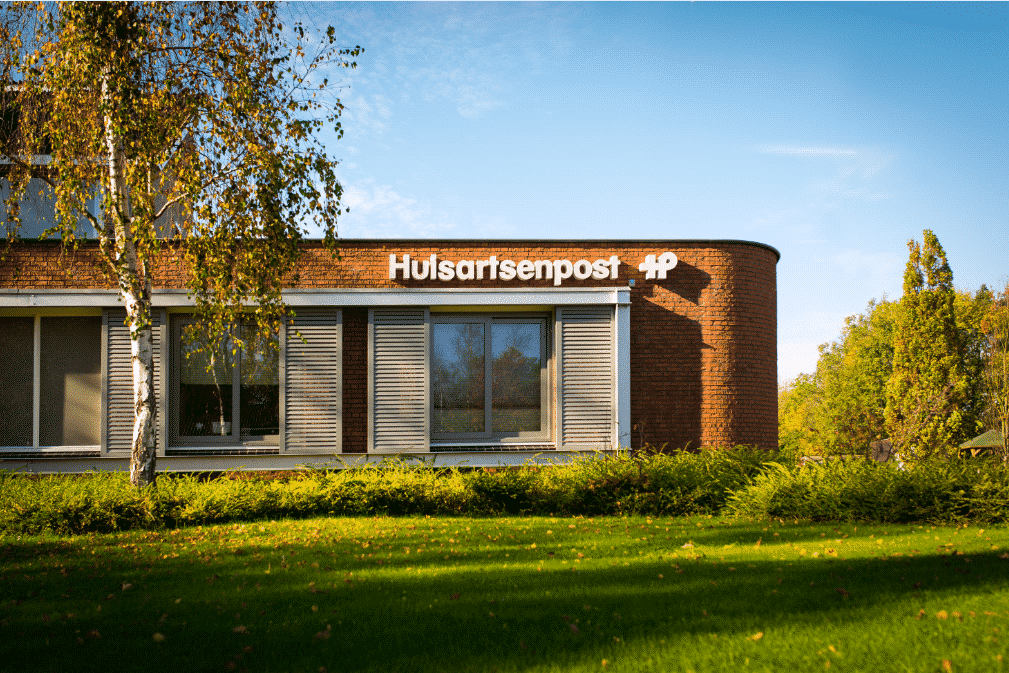
Pilot Vcare Photo link
22-12-2022 -source website Vcare
The LIMES did a pilot to give patients the opportunity to send in photos and have them assessed by a general practitioner. Because when patients can safely send photos to the HAP, it can support the quick and accurate assessment of the health situation. This way, only the real emergencies get an appointment at the HAP. Because De LIMES already works with Vcare, it was a logical step to start using the recently launched Photo link module. The triage nurses who are the first to speak to the patient by phone have tested him. Ingrid Ludlage, triage nurse, talks about her experiences.
About Photo link
Photo link allows patients to securely share photos during the phone call to assess a medical situation. The triage nurse or assistant sends an SMS with a link to the patient’s mobile phone. The patient follows the link in the SMS, takes a picture of the situation and then presses send. The photo is safely delivered to the triage nurse or assistant. In combination with the Vcare Recorder, the photos can be stored safely. This way, a GP can view the photos at a later date.
Takes some getting used to
When the pilot started, it took some getting used to for Hp De LIMES and its patients. “Not everyone is equally handy with a mobile phone,” says Ingrid, “but if you calmly explain to patients how it works, they can take a picture.” In the meantime, Photo link is completely ingrained in the work process of Hp De LIMES. “I notice it in the reactions,” says Ingrid. “Everyone is positive. Photo link is a nice addition. The photos are also received very quickly. In the past 3 months, a photo has been requested and reviewed 1,251 times!”
Doubtful? The directing physician can watch
Some medical situations require the expertise of a directing physician who can provide a definitive answer about the urgency. With Photo link, they can easily watch along. “We also use Video connect, but Photo link is more practical for short questions and answers,” says Ingrid. “It takes a GP less time to assess a photo than to assess a video call with the patient. A video call, on the other hand, is more convenient for a remote consultation. In addition, our patients like it when a general practitioner has been watching. It is reassuring, saves discussions and sometimes we can write a recipe right away. “
Meeting patient expectations
In today’s 24/7 economy, patients expect the same fast service from a HAP as they do from an online store. This can lead to some patients being able to find the HAP for every minor complaint. However, a patient’s story can be a bit unclear, making it difficult to assess whether or not a patient should come by.
Ingrid explains: “If you have doubts about the seriousness of a complaint, you can now ask patients for a photo. This saves unnecessary consultations at the HAP. Some patients are well served with self-care advice and do not need to be physically assessed by a GP right away. At the same time, a photo also helps patients who have difficulty formulating what exactly is going on. Recently, I was talking to a patient on the phone and thanks to the photo he sent, I could see that his wound still needed stitches.”
Top situations for Photo link
“Photo link is an asset for assessing wounds, rashes and swelling,” says Ingrid. “For example, when you speak to a patient with a swollen ankle, you can ask them for a photo with both ankles next to each other. This way you can immediately see how bad the swelling is. You can’t use Photo link for breathing problems, but Video connect is a good addition for that.”
What do patients think?
“The patients are also enthusiastic. In the past, they regularly asked if they could send a photo to the HAP to clarify their situation. There is still a group of people who call with the house phone and then Photo link does not work. You can’t take a photo with a home phone and send it to you,” explains Ingrid.
Overall conclusion
“Everyone I’ve spoken to about Photo link is super happy with it,” says Ingrid. “They find it convenient and very pleasant to work with. It results in fewer consultations at the HAP and helps to make a better assessment of the severity of the complaints, since you don’t know or see the patient on the phone.” The tip she wants to give to other HAPS is: “Just start. Every GP post should have this these days.”
